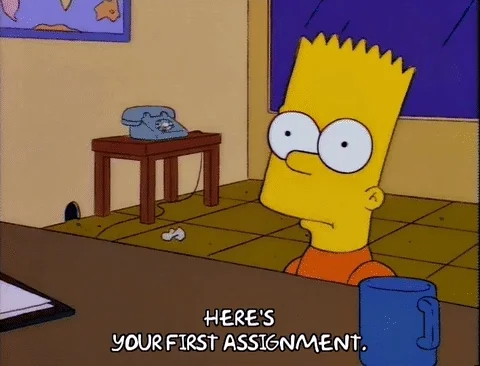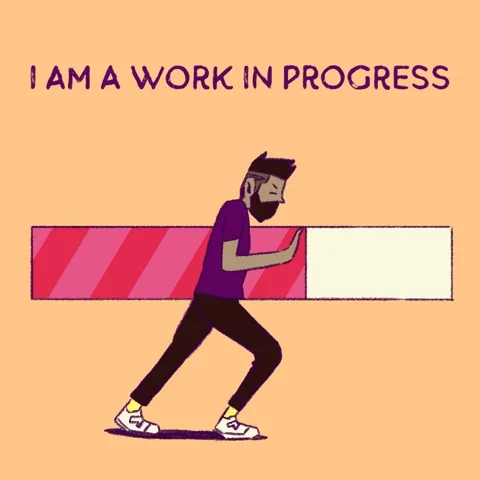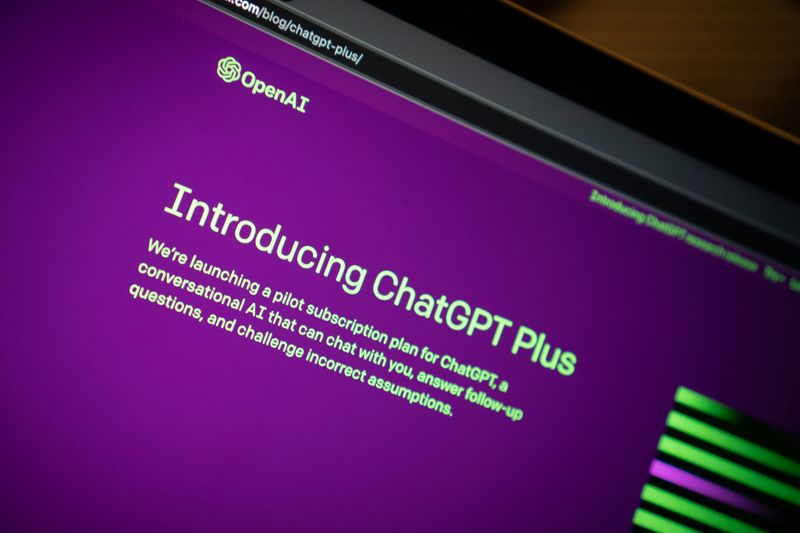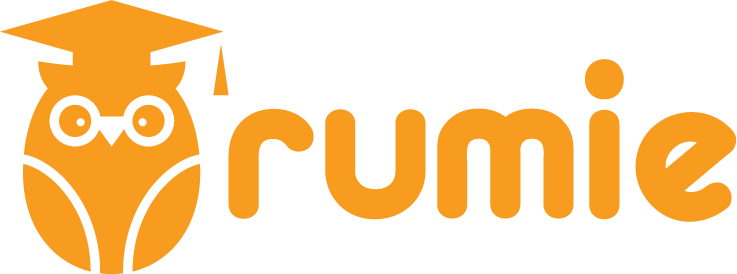It's a new year and you have big plans!
You're going to learn a new language, pick up the guitar, and develop a regular meditation practice.
You've made resolutions in the past but are more determined than ever to keep them!

Usually, your improvement fizzles out around February because you hit a plateau. This year is different, though.
You're going to harness the power of AI to help you follow through on these commitments.
Ask Probing Questions
It's true that AI chatbots sometimes "hallucinate" or give non-factual information.

You can ask probing questions to gain background information and avoid these errors.
Probing questions ✔️
Understand the basics of a topic 🧠
e.g. "What are the key principles of effective time management?"
Gather resources/tools 🛠️
e.g. "What are some recommended apps or tools to help me organize my schedule?"
Identify any associated challenges 🧩
e.g. "What are common obstacles people face when managing their time, and how can they be overcome?"
Gain general information 🌐
e.g. "What are some popular methods or frameworks for improving productivity?"
Non-probing questions ❌
Focus on specific or factual details 📜
e.g. "Who invented time management techniques?"
Lack depth and don't encourage exploration or further thought 🤔
e.g. "Is time management hard?"
Are too vague to gather actionable insights ❓
e.g. "How do I manage my time better?"
Quiz
Which question would be a good first step for a learner trying to create a plan to get better at gardening? Select all that apply:
Devise a Goal
Goals give clear direction to your learning,and create a reasonable expectation for yourself that keeps you accountable but not overwhelmed.
A learning goal should be specific, measurable, and take your current level of understanding into account. 🎯
Think of a learning plan as a treasure map and the learning goal as a destination. To make the path clear to an AI, you will need to express where you're starting and where you want to go.
 Photo by Sebastian Herrmann on Unsplash
Photo by Sebastian Herrmann on UnsplashTo create a learning goal:
Share what you know 👐
Share specifics about any experience you have in the subject.
Request reasonable outcomes based on what you already know.
Explain your time expectation ⏲️
Explain the length of time you want to spend on your goal daily.
Tellthe model when you want to measure your success.
Ensure action-based goals 🏃
Clarify what you want to be able to do by the end of your plan.
Feed the AI model an example of a comparable goal.
Use your AI history 📖
Prompt the model to use the info from your probing questions.
Ask the AI bot to use its knowledge of you if it collects that information.
Which of the following prompts might return the best learning goal for someone hoping to improve their typing speed? 💻
A. Help me improve my typing speed. What kind of goal should I set?
B. I currently type at 50 words per minute. I can practice for 10 minutes every day over the next year. What would be a reasonable and actionable learning goal for me to set?
C. I'm not good at typing quickly. I have a computer but do not want to buy a lot of equipment. What kind of goal would be best for me to help me learn to type quickly in the next few months?
D. What kind of goal is best for someone bad at typing?
Quiz
Which prompt above would most likely return a solid learning goal?
Create a Schedule
A schedule helps you decide what steps will slowly bring you toward your learning goal.It makes you feel in control of your progress.
The more specific you get with your prompts, the better the plan!
Timing: If you only plan to practice your new skill once a week, make sure to mention that to the chatbot.
 Photo by Ales Krivec on Unsplash
Photo by Ales Krivec on Unsplash
Assignments: You can ask the chatbot to suggest certain assignments.

Benchmarks: You can ask your chatbot to add assessments or benchmarks so that you can check your progress throughout the year.

4. Final assessment: How will you know you achieved your goal?
If you don't like your plan, you can add information or ask the chatbot to make changes until you are happy!
Check out this successful learning plan for an intermediate piano student looking to improve their skills created by ChatGPT (click the "make a copy" button when you get to the Google Doc page).
Use your virtual coach!
You might find staying on track difficult or find yourself missing goals and deadlines. That is okay! The AI model can help you stay on track.
Watch this clip where a tech podcaster shares how they use an AI model as their personal meditation mentor:
An AI chatbot may not be able to see you or react to you in real-time, but it can give you feedback based on your experience.
Here's how you can use AI to help you stay on track:
Document your progress: Use the chatbot as a "journal that talks back." ✍️ 💬
Explain your challenges: Request the chatbot make changes to your plan if necessary. 🛠️ 🔄
Ask for specific support: The chatbot can always add resources to your plan. 📚✨
Take Action
AI is an incredibly powerful tool that will help us tackle enormous challenges. It's important we learn how to use this technology to its full potential.
 Photo by Jonathan Kemper on Unsplash
Photo by Jonathan Kemper on UnsplashAs you develop your first learning plan, take the following steps! 🤖
Your feedback matters to us.
This Byte helped me better understand the topic.
